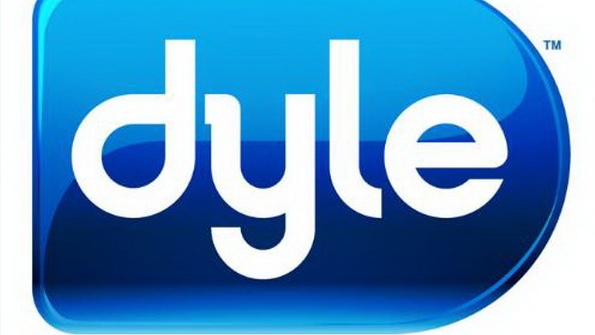Mobile TV: Don’t Touch that Dyle

The momentum was supposed to kick in by now, the consumers were expected to gather around new products with the Dyle logo, the holiday season was supposed to be the push that would keep the first quarter of this year moving. So what is the latest with Dyle? Apparently, not much.
The last blip on the radar happened the first week of January, when there was some buzz around the RCA Mobile TV tablet. Debuting at CES, the unit with its 8in screen, was both a portable TV set as well as a fully functional HD Android touchscreen tablet with Wi-Fi, dual cameras and GPS functionality.The first issue may have been the state of Android tablets. The market is already fragmented with dozens of different Android units, and although the Nexus has made some headway, as has the Amazon Kindle Fire, it's a real tough time to launch a new brand of Android tablet. The key to its success was the integrated mobile TV tuner, that allowed anyone to pick up TV stations, in HD and for free. How strong a selling point that is, we’ll have to continue to wait and see.
Dyle is now in more than 35 markets, delivering a combo of local programming and news. Unfortunately, not much has happened since CES, and the RCA Mobile TV tablet is so far not generating the excitement around Dyle that many had hoped. As the first tablet enabled with both an ATSC Mobile DTV tuner and Dyle mobile TV, when it comes to TV viewing, the unit is certainly a perfect device for television fans. But at $299, there are less expensive options now out there (Apple’s iPad mini is in the same price range) and although they leave out the TV option, consumers may not be compelled to notice the difference.
The CES buzz is over, and the Dyle website has not been updated with any news since the first week of January of this year, so it’s unclear where the consortium heads from here. The Dyle site lists the same three supported devices, the Samsung Galaxy S Lightray 4G, the Elgato EyeTV Mobile TV viewer and the Escort Mobile TV receiver, all of which we covered last year. Google searches for Dyle reveal a ghost town (ok, 4 results, but still...) and momentum brewing last year seems to have ground to a halt.
What’s next? Maybe taking it to the public. Part of the problem may be the public perception of Dyle, and why they do or don’t need it. In theory, getting free TV on your mobile device seems like something everyone would want. Recent global events carried live, right from your pocket, who would not want in on that? But Dyle sometimes seems like it's a solution searching for a problem. Yes the technology is there, and it works reasonably well, but if there is minimal consumer demand, is it still worth staying focused on it? Perception could be the issue in that the general public does not truly understand the technology or the benefits. Not saying Dyle needs to take out full-page "USA Today" ads, but something that could target consumers directly and explore the benefits may be handy.
As it stands now, Dyle momentum seems to have slowed. Anything can change, and the year is far from over. But the consortium has been very quiet lately, at a time when momentum could be needed to make or break the future of Dyle.
The professional video industry's #1 source for news, trends and product and tech information. Sign up below.
